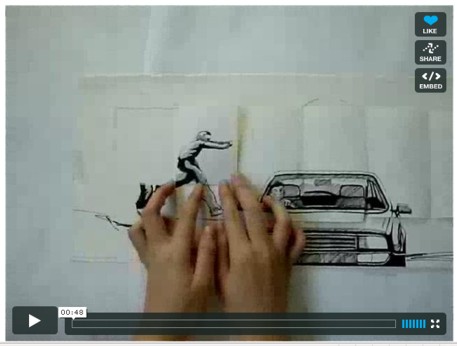[youtube=http://www.youtube.com/watch?v=7p9p0x4c8Yc&hl=en&fs=1]
I’m long overdue for variety in post content, and I apologize. I feel I’ve been ranting and raving on my educational soap box for too long, but the problem is, for all my reading, I haven’t come across anything worth sharing. Until now. I’ve just discovered pinscreen animation, and I think it’s one of the most remarkable unions of technology and hands-on creativity. Mind you, it’s a form of animation from the early twentieth century, but nobody said you had to discover things in chronological time.
On the website Focus on animation techniques, Marcel Jean explains pinscreen techniques:
In the early 1930s, engraver Alexandre Alexeïeff, a Russian émigré living in France, decided to go into filmmaking. Wishing to make films with an aesthetic faithful to the line and shading of his engravings, he invented a new type of device: the pinscreen.
The pinscreen consists of a white screen pierced by hundreds of thousands of pins that can slide back and forth, each in its own hole. When lit from the side, each pin casts a shadow, and when all the pins are pushed out, there is total darkness. But when pins are pushed in, their shadows are shorter, and the black become grey. When pins are pushed all the way in, they do not cast shadows and the white screen can be seen.
If you are interested in a detailed, illustrated account of the technique and equipment, you can read about it here.
Being extremely time-consuming, this was not a popular or widespread form of animation, but its uniquely tonal quality created with shadows of various intensity created by the pins, gives it a dramatic and even poetic quality not unlike chiaroscuro.
Several pinscreen films were made, including the Alexeieff’s Night on bald mountain (1933) and En passant (1943), and Jacques Drouin’s Mindscape (1976).
[youtube=http://www.youtube.com/watch?v=RUrvtpkxxoc&hl=en&fs=1]
I’m always impressed by the time and effort people will devote to creative projects.
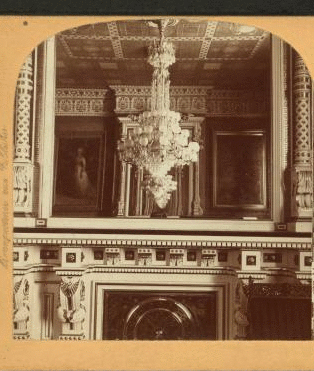


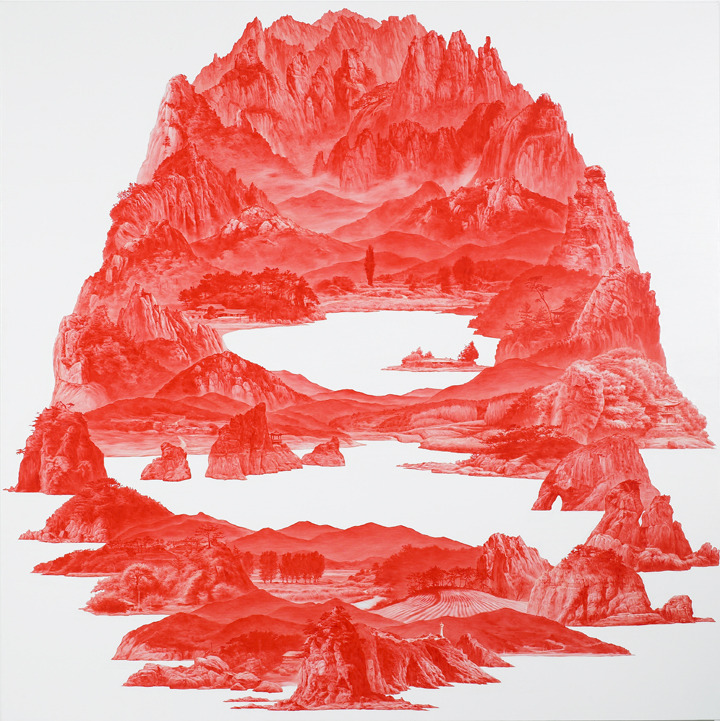


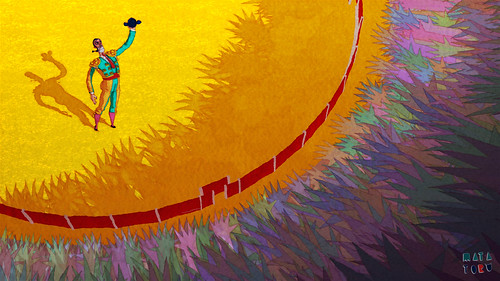
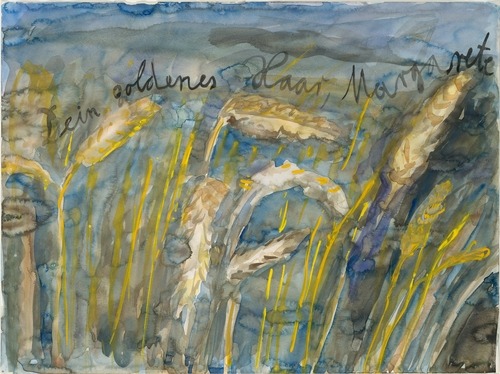 Your golden hair, Margarete by
Your golden hair, Margarete by 